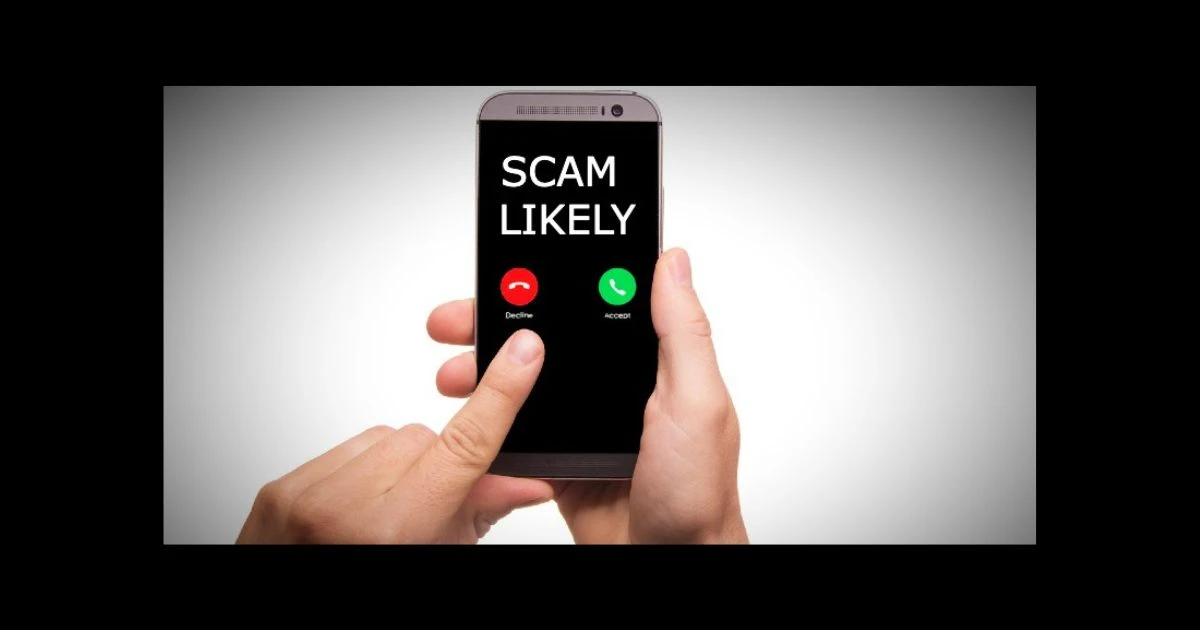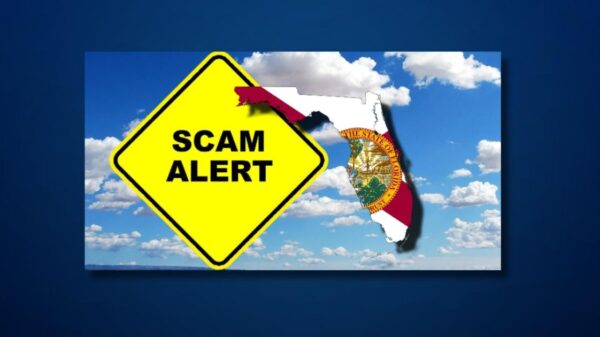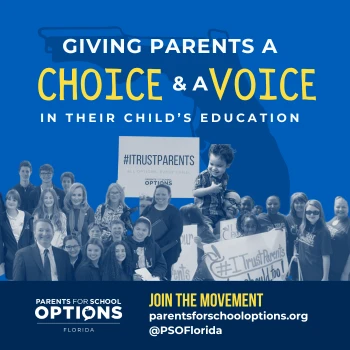More consumers are going deeper into food debt with what is known as “Buy Now, Pay Later” (BNPL) programs.
Financial website LendingTree shows an increase in people using short-term loans when shopping at grocery stores. So far this year, 25% of those have used the service, which is an increase from 14% in 2024, according to LendingTree.
Here’s how the BNPL works.
It allows consumers to make purchases and pay for them in installments over a set period. The consumer chooses a BNPL option at checkout and makes the purchase.
The BNPL provider pays the merchant on behalf of the consumer. The consumer repays the BNPL provider in installments, usually over a few weeks or months.
Sounds simple, but it’s become more stressful for consumers to pay the bill. LendingTree reported that more than 40% of those who used the BNPL program were late on payments, a 34% increase from last year.
“And the interest rate can go as high at 36%,” said Dagan McDowell from Fox Business.
A financial analyst says BNPLs are hitting lower-income families the worst. Others are calling BNPL’s scams.
“Companies are really scummy,” said Financial Analyst George Kame with Ramsey Solutions. “They market this to young people and say instead of paying $100 just pay $25 and what that does, is at the end of the month, you have all these buy now, pay later payments that you can’t make and we find a third users fall behind on payments triggering insane interest fees 30%, and companies are encouraging this.”
The data from the report is “clearly a sign that people are struggling and are looking for ways to extend their budget a little bit in the midst of higher prices and general economic uncertainty,” said LendingTree chief consumer finance analyst Matt Schulz.



















